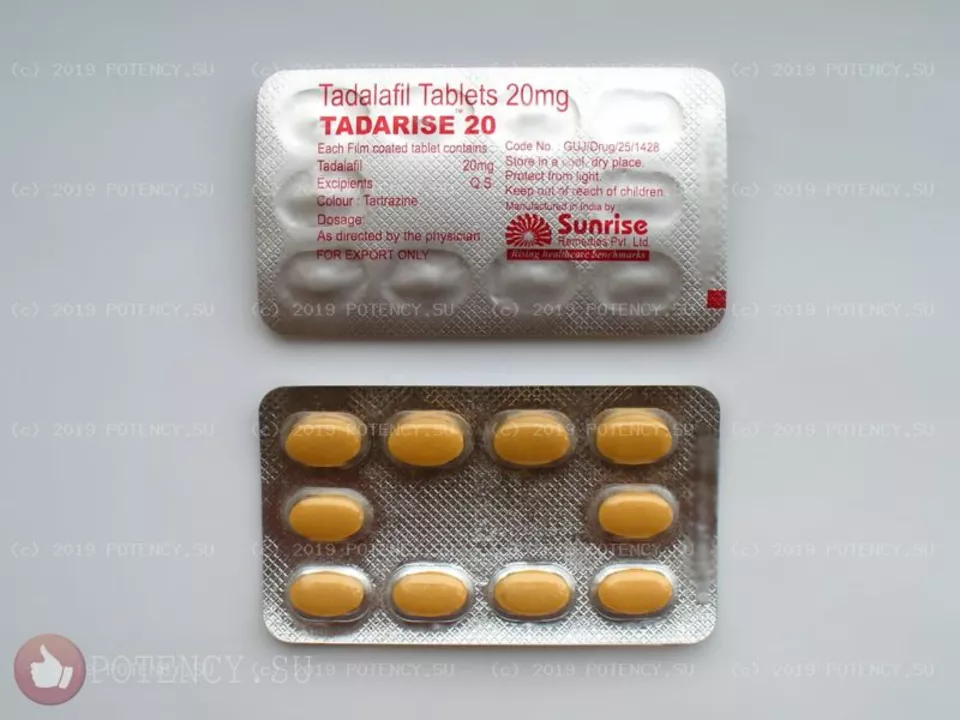Drug interactions — what they are and why they matter
Mixing medications, supplements, or certain foods can change how a drug works — sometimes that’s harmless, other times it’s dangerous. You don’t need a pharmacy degree to stay safe, but knowing the basics helps you spot trouble quickly and avoid common, avoidable risks.
Common types and real examples
There are three main types: drug-drug, drug-food, and drug-condition interactions. Drug-drug examples are easy to find: combining an SSRI antidepressant with an MAOI can cause serotonin syndrome, a serious reaction. Erectile dysfunction medicines plus nitrates (common in heart patients) can cause a dangerous drop in blood pressure. Food matters too — grapefruit juice can raise blood levels of some statins and certain blood pressure meds.
Some meds change how your liver handles other drugs. For example, some antiretrovirals (like Sustiva) and herbal products such as St. John’s wort speed up or slow down liver enzymes, which can make other medicines less effective or more toxic. Blood-thinning or antiplatelet drugs (for example, prasugrel) plus NSAID pain relievers increase bleeding risk. Antibiotics sometimes interact with blood thinners like warfarin, raising bleeding risk. These are the kinds of mixes you’ll see discussed across drug guides and safety pages.
Quick checks you can do right now
1) Make one up-to-date list of everything you take — prescriptions, OTC pills, vitamins, herbs. Keep it on your phone or wallet. 2) Use an online interaction checker or the one your pharmacy offers before adding anything new. 3) Tell every provider and your pharmacist about all meds and supplements. 4) Use the same pharmacy when possible — pharmacists spot dangerous combinations. 5) Read medication leaflets for interaction warnings and follow food or alcohol limits.
If a new symptom shows up after starting a medication — severe dizziness, fainting, chest pain, sudden bleeding, breathing trouble, severe rash, or seizures — get medical help right away. For milder concerns (nausea, mild dizziness, unusual bruising), call your prescriber or pharmacist and ask whether you should stop the drug or adjust timing.
Don’t stop prescription meds without advice. Stopping abruptly can be risky with drugs like antidepressants or heart medicines. If cost or side effects make you tempted to change doses, talk to your doctor about safer alternatives — sometimes a different drug or timing solves the issue.
Want practical examples? Read drug-specific guides that explain interactions clearly — from antidepressants like Effexor to antibiotics like clindamycin, antiplatelets such as prasugrel, and HIV meds like Sustiva. Those articles show common interaction pairs and what to watch for.
Keeping meds safe is mostly about communication and simple checks. Keep your list current, ask questions, and don’t mix meds with herbs or alcohol without checking. A few minutes of caution prevents big problems later.
- Colin Hurd
- Apr, 30 2023
- 7 Comments
Tadalafil and Sleep: What You Need to Know
In my latest blog post, I discuss the connection between Tadalafil, a popular medication for erectile dysfunction, and sleep. It's essential to understand how this drug can impact our sleep patterns and overall well-being. I delve into the possible side effects and precautions to take when using Tadalafil, as well as tips for ensuring a good night's sleep. As always, I recommend consulting with a healthcare professional before making any changes to your medication. Don't miss this informative read on Tadalafil and sleep!

